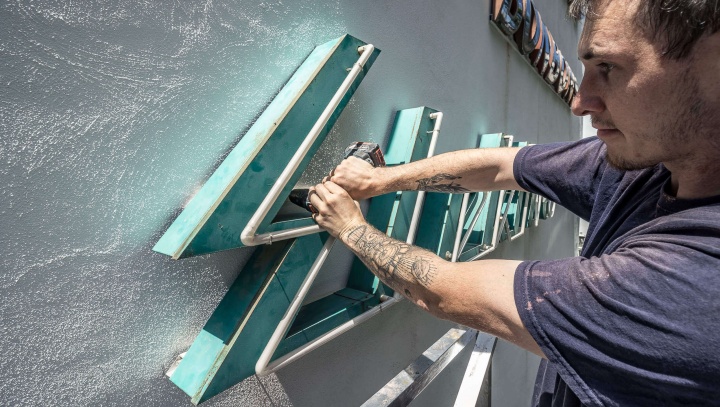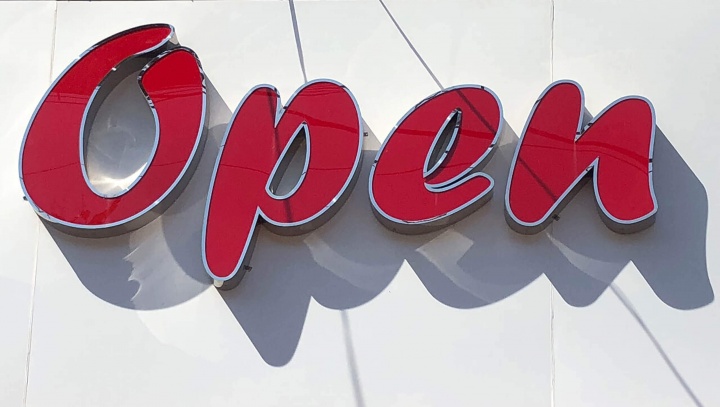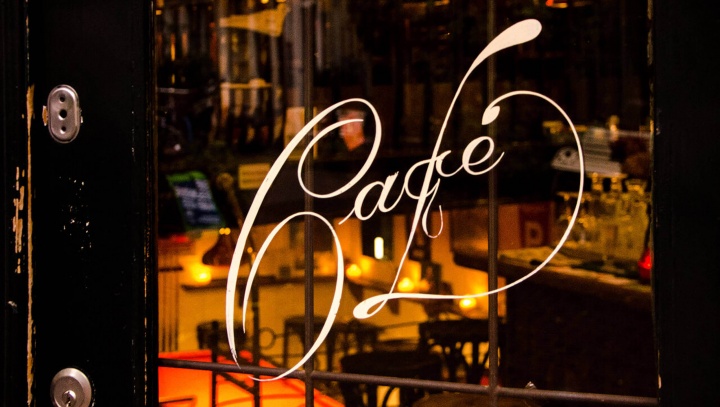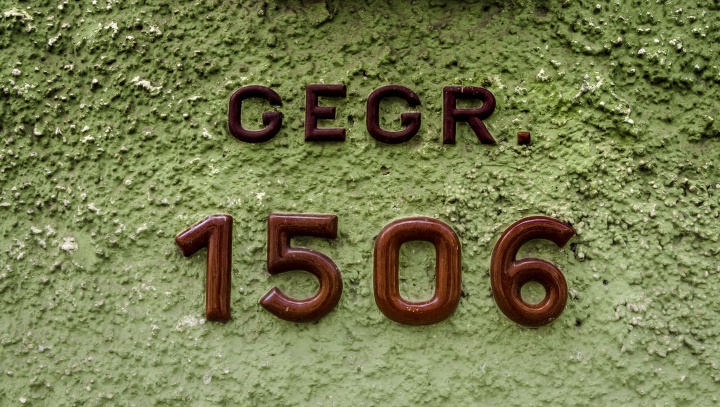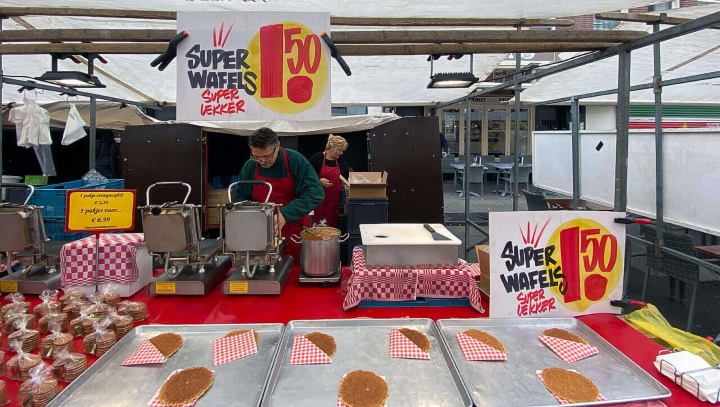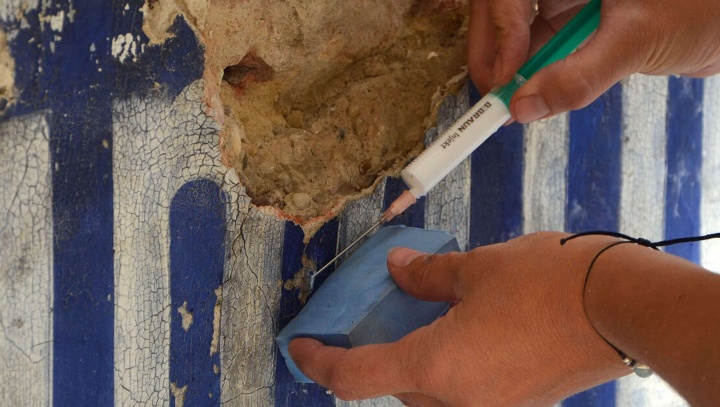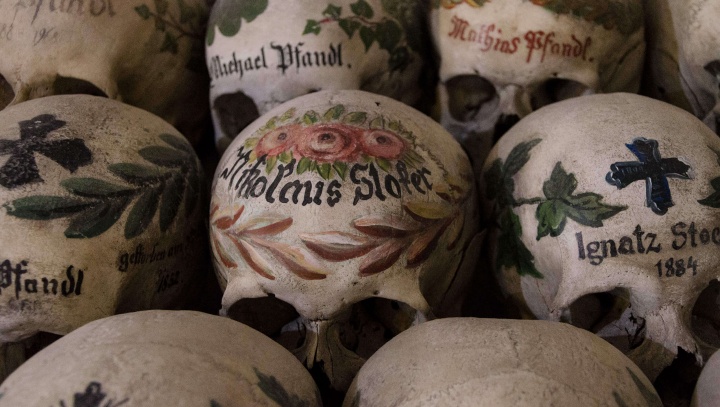Lockdown
at the amusement park
The Viennese Prater looks back on a more than 250-year-old past as a local recreation area. Especially the “Wurstelprater” with its attractions is a popular excursion destination for the Viennese population and a place of longing for generations of children.
The spring is the peak season in the Prater, tourists and local families alike are crowding the booths. In April 2020 everything was different. During the lockdown, the deserted Prater was both fascinating and spooky.
The statues stare silently at their empty park
The closure should last from 16 March to 29 May 2020. This was a tough challenge for the approximately 80 Prater entrepreneurs, the majority of whose 250 businesses had already been in hibernation for four months at the time of the lockdown. Completely closed for the first few weeks, the area was accessible beginning of April, at least during the day. In the early mornings, unknown Prater perspectives opened up.
Where people usually crowd: Emptiness. Where the mix of market hype and cheap Euro-Disco drown out every word: silence. Instead, something that you don't usually hear here: the clatter of breakfast dishes on Sunday morning. Because besides the loud attractions, an surprising number of the fairground entertainers live right next to or behind their rides.
Eclectic typographic mix from the last seven decades
The attractions of the amusement park are run by family dynasties, some of whom have been rooted in the Prater for over 150 years. Loosely organized in the Association of Prater Entrepreneurs, they act autonomously and free of directives. This may explain why the Prater was able to establish itself as
an amusement park of different speeds. While the highest, fastest and riskiest rides are presented to the press every year, decades-old, tranquil attractions persist in the niches. For instance, the
Mecky Express, which has remained unchanged to this day, served as the
backdrop for the video for André Heller's “
Schnucki, ach Schnucki” back in 1973.
This is accompanied by typographic elements that recall the 1950s, when the Prater was rebuilt after its destruction in the last weeks of the war. Especially the attractions for the younger visitors seem to be in no hurry to adapt to modern times: Here, racing cars adorn the names of famous Formula 1 drivers who ended their careers in the 1980s; “refueling” takes place at the gas station of a fire that disappeared from the scene at the end of the last century.







The amusement park as a place of constant change
While the old rides may provide a nostalgic flair, they cannot hide the fact that the Prater is in constant change. Attractions are built up and taken down again. New, spectacular rides are opened every season, with residential buildings, workshops and warehouses in between. This is where maintenance, refurbishment and repairs are carried out.
New things next to old things, a strange Viennese melange. From the façades that create identity to the small details on the rides: In the emptiness of the lockdown, all these visual layers suddenly emerge as equal.





Prater-attractions of a different kind, 1983, photo: Fortepan/Nagy Guyla
The eighties: Prater gangs between Autodrom, arcade and peep show
There were times when the Prater was badly maligned and was rather avoided by families. From the late seventies on, more and more cheap sex shows and amusement arcades opened. They and the prostitution in the Prater and the adjacent quarters now attracted a new, different kind of audience. Illegal gambling and gang activities flourished, and violent clashes occurred again and again – sometimes resulting in death.The term
Prater-Strizzi (gangster) became a synonym for the petty criminal milieu between Autodrom, amusement arcade and peep show.
This parallel world acted like a magnet for stumbled and runaways from all over Austria, and youth gangs found an ideal meeting place in the Prater. Until well into the 1990s, parts of the Prater were firmly in the hands of “foreign” gangs like the Red Brothers. Crime, youth gangs and the aggressive behavior of the doormen of many show booths made the Prater increasingly less attractive for families.
The numerous tools for testing your strength, a Prater tradition that gained fame through the figure of Watschenmann, still remind us of these times. While Mr. Muscle underwent an (inappropriate) facelift of the display, the vending machines of the Zamperla company are in use almost unchanged. The model below can also be found in the North Korean Kaeson Youth Park.


Mr. Muscle with it’s original display, 1983, photo: Fortepan/Nagy Guyla
Thrills on the ghost train
The “Haunted Castle” was built in 1948 and is the oldest ghost train in the Vienna Prater. Although the distinctive animatronics have been replaced over time, the original neon designs from 1955 have been preserved, while the “Great Ghost Train” once boasted that it was the largest, longest and highest ghost train in Europe.
Today it is in a deplorable state, its dragon hangs in shreds on the façade. The Grim Reaper on the roof of the “Ghost Train to the Red Eagle” has also been making his rounds since 1951. Until a few years ago, the ride had a special thrill: Behind a curve an employee lurked and tickled the passengers with a feather duster.

Hauted Castle, 1983, photo: Fortepan/Nagy Guyla






A ride on the world’s oldest scenic railway
The
Hochschaubahn right next to the Schweizerhaus is the oldest, still intact scenic railway in the world. It was built as of 1948 and opened in 1950 as the
Alpenbahn. However, because of the dwarfs placed along the route, it was soon affectionately called the
Zwergerlbahn (dwarfs railway) by the people of Vienna.
The
Hochschaubahn has been family-owned since 1971, and this nostalgic classic among the Prater attractions is still in its original condition today. It is entirely a wooden construction, a ten-metre high chain lift brings the trains onto the track. It leads through an artificial rock formation, which is supposed to represent the highest mountain in Austria, the Großglockner, passing villages and rivers as well a number of tunnels.
The two trains, each with two carriages, can carry 14 passengers each and are accompanied by so-called brakemen. They will ensure the additional safety of the approximately 100,000 passengers per year. If you’re looking for thrills, you’re in the wrong place – the ride on the Hochschaubahn is never really dangerous. It is rather this brief look back on one’s own childhood that makes a ride on the Zwergerlbahn so enjoyable.
.
































 Mr. Muscle with it’s original display, 1983, photo: Fortepan/Nagy Guyla
Mr. Muscle with it’s original display, 1983, photo: Fortepan/Nagy Guyla

 Hauted Castle, 1983, photo: Fortepan/Nagy Guyla
Hauted Castle, 1983, photo: Fortepan/Nagy Guyla



























